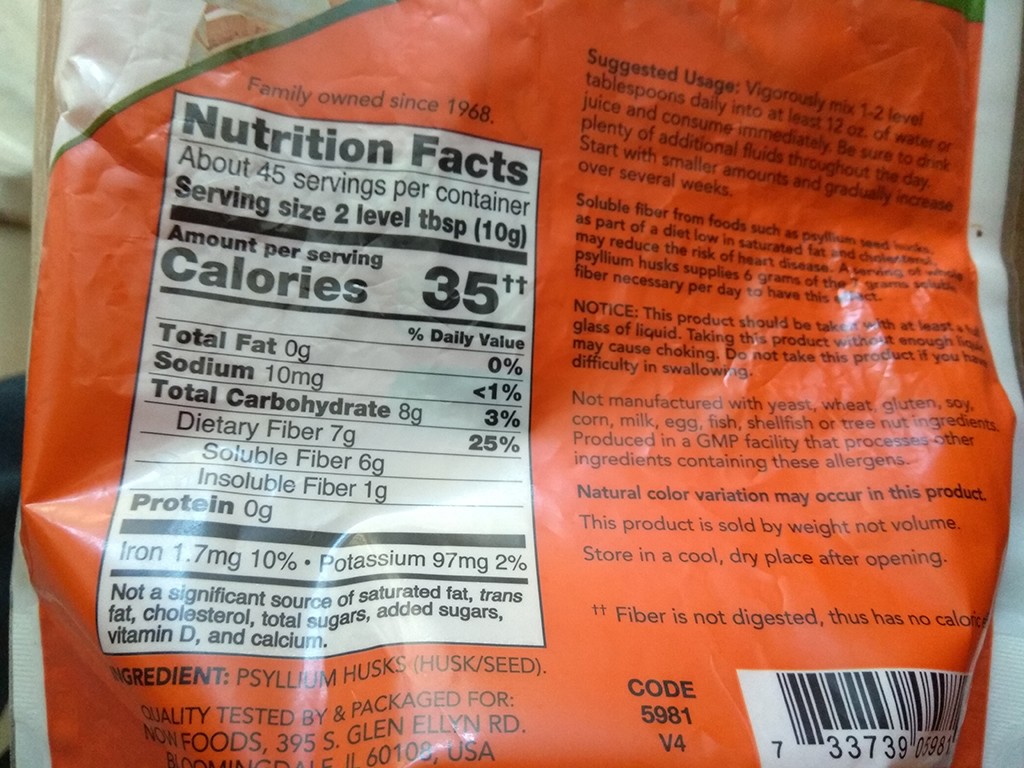
Understanding Food Labels: How to Decode Nutrition Information on Packaging
Eating a healthy and balanced diet is important for overall wellbeing, and understanding food labels is crucial for making informed food choices. Nutrition information on food packaging can often be overwhelming and confusing, but it is essential for identifying the nutrients, additives, and allergens present in the food product. In this article, we will discuss how to read and interpret food labels, what to look out for, and what it means for your health.
1. Introduction
Food labels provide valuable information about the nutritional content of packaged foods. They are typically found on the back or sides of food packaging and list important details such as serving size, calories, fats, carbohydrates, proteins, vitamins, minerals, and ingredients. Understanding how to read and interpret food labels can help you make healthier food choices and avoid products that may contain harmful ingredients or allergens.
2. Why Are Food Labels Important?
Food labels are important because they provide information about the nutritional content of food products, which can help consumers make informed decisions about what they eat. They also contain information about ingredients, additives, and allergens, which is crucial for people with food allergies or intolerances. Additionally, food labels can help consumers identify products that may contain harmful ingredients such as trans fats or high amounts of sodium.
3. Understanding Serving Size
Serving size is the amount of food that is considered to be one serving. It is important to understand serving size when reading food labels because all of the nutritional information is based on one serving. Serving sizes can vary depending on the product, so it is important to pay attention to the serving size listed on the label.
4. The Nutritional Information Table
The nutritional information table lists the amount of calories and nutrients in one serving of the food product. Here are some of the key components of the nutritional information table:
4.1. Calories
Calories are a unit of measurement for energy. They are listed on food labels to give consumers an idea of how much energy they will get from one serving of the product.
4.2. Fats
Fats are an essential nutrient that the body needs to function properly. However, some types of fat can be harmful to your health, such as saturated and trans fats. The nutritional information table lists the total amount of fat in one serving of the product, as well as the amount of saturated and trans fats.
4.3. Carbohydrates
Carbohydrates are another important nutrient that provides the body with energy. The nutritional information table lists the total amount of carbohydrates in one serving of the product, as well as the amount of fiber and sugars.
4.4. Proteins
Proteins are essential for building and repairing tissues in the body. The nutritional information table lists the amount of protein in one serving of the product.
4.5. Vitamins and Minerals
The nutritional information table may also list the amount of vitamins and minerals in one serving of the product. This can be helpful for people who are trying to increase their intake of specific vitamins or minerals.
4.6. Additives and Allergens
The nutritional information table may also list any additives or allergens present in the food product. Additives are substances that are added to food to improve flavor, texture, or shelf-life. Some common additives include preservatives, artificial colors, and flavors. Allergens are substances that can cause an allergic reaction in some people, such as peanuts, tree nuts, wheat, and dairy products. It is important to check the ingredient list and allergen information carefully if you have any food allergies or intolerances.
5. Ingredients List
The ingredients list is another important part of food labels. It lists all of the ingredients in the food product in descending order by weight. This means that the first ingredient listed is the one that makes up the largest proportion of the product. If you have any allergies or intolerances, it is important to check the ingredients list carefully to ensure that the product does not contain any substances that could trigger a reaction.
6. How to Interpret Health Claims
Food packaging may also contain health claims, such as “low-fat,” “low-calorie,” or “high-fiber.” These claims are regulated by the FDA and must meet certain criteria to be used on food packaging. It is important to understand what these claims mean and how they relate to the nutritional content of the product. For example, a product that is labeled “low-fat” may still contain a significant amount of calories from sugar or carbohydrates.
7. Tips for Reading Food Labels
Here are some tips for reading food labels:
- Pay attention to serving size
- Check the total amount of calories and nutrients per serving
- Look for products that are low in saturated and trans fats
- Choose products that are high in fiber, vitamins, and minerals
- Check the ingredient list for any allergens or harmful additives
8. Common Misconceptions about Food Labels
There are several common misconceptions about food labels. One is that “organic” or “natural” products are always healthier than non-organic or processed products. While organic and natural products may be free from harmful chemicals and additives, they can still be high in calories, sugar, or saturated fat. Another misconception is that products labeled “fat-free” or “sugar-free” are always healthy. These products may contain other additives or artificial sweeteners that can be harmful in excess.
9. Conclusion
Understanding how to read and interpret food labels is important for making informed food choices and maintaining a healthy diet. By paying attention to serving size, calories, nutrients, ingredients, and allergens, you can make healthier choices that support your overall wellbeing. Remember to look for products that are low in saturated and trans fats, high in fiber, vitamins, and minerals, and free from harmful additives and allergens.
10. FAQs
What should I look for when reading a food label?
What are some common additives found in food products?
Are "organic" and "natural" products always healthier?
What is the difference between saturated and trans fats?
Should I avoid products that contain allergens?
What is the difference between "low-fat" and "low-calorie" products?
Are products labeled "fat-free" or "sugar-free" always healthy?
What is a serving size?
How can I choose healthier food products?
Why is it important to understand food labels?





